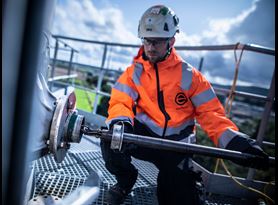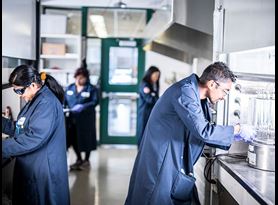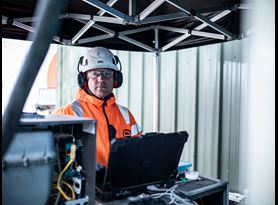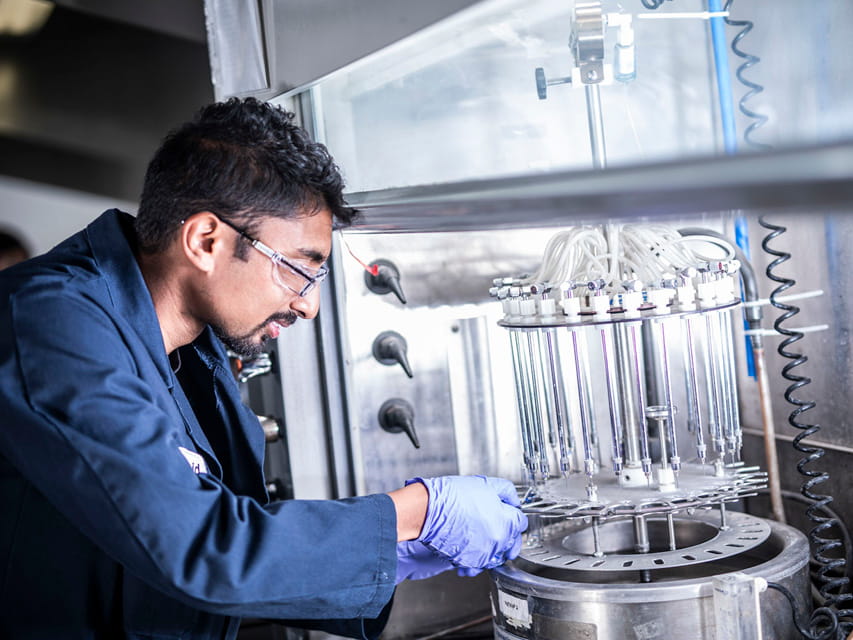It is critical to assess the quality of air to provide air pollution data to regulatory bodies, and to evaluate the effectiveness of pollution control strategies. Element provides an array of collection and analysis methods to cover all your air quality analytical needs.
Polluted air can be a danger to the population, leading to serious health risks and degradation of the environment. Element utilizes methods that determine the concentrations of various pollutants in air samples to ensure that the air is safe for humans and the environment.
The Element US laboratories are NELAC/TNI and ISO 17025 accredited, holding certification in LA and TX, and offer air quality monitoring services to EPA Method TO-15, and EPA Method 18.
The Element laboratories in the UK hold ISO 17025 accreditation for US EPA TO-15 analysis in evacuated canisters, BottleVacs and Tedlar bags. We are also able to offer Face Fit Testing Services in accordance with COSHH regulations.
For more information on our air quality monitoring services, please contact us today.
Learn more

Air Quality Testing
Find out how our ambient air quality testing solutions help our customers to systematically measure the pollutant levels of their operations and minimize their impact on the environment.

Environmental Compliance & Safety
Element’s industry-leading environmental compliance and safety services help our customers to demonstrate the highest possible standards of environmental compliance and socially responsible performance.

Indoor Air Quality Assessments
Find out how our qualified occupational hygienists can assess indoor air quality looking at chemical, physical, and biological parameters to help our customers comply with regulations.

Ambient Air Quality Modeling and Dispersion
Find out how we help our customers comply with regulations for ambient air quality and dispersion modeling.
Our team of over 9,000 Engaged Experts in North America, Europe, The Middle East, Australia, Asia and Africa are ready to help you.
Environmental Testing Services
How can we help?

